Table of Contents
- Social Security Max Income Allowed 2024 Married - Katie Christiane
- Charts, graphs and data | Institute for Fiscal Studies
- Social Security Max 2024 Contribution - Toni Agretha
- Income Tax 계산 방법(간편 계산기 포함)
- Minimum Social Security Benefit For 2024 - Matty Shellie
- Social Security Benefits, Finances, and Policy Options: A Primer ...
- Is Social Security Going Broke? - The Center For Garden State Families
- Social Security Checks To Get Big Increase In 2019 | Social security ...
- Irmaa Brackets 2025 And 2026 Calculator - Alisha Blancha
- Ssa Income Limits Chart 2024 - Liuka Shannon
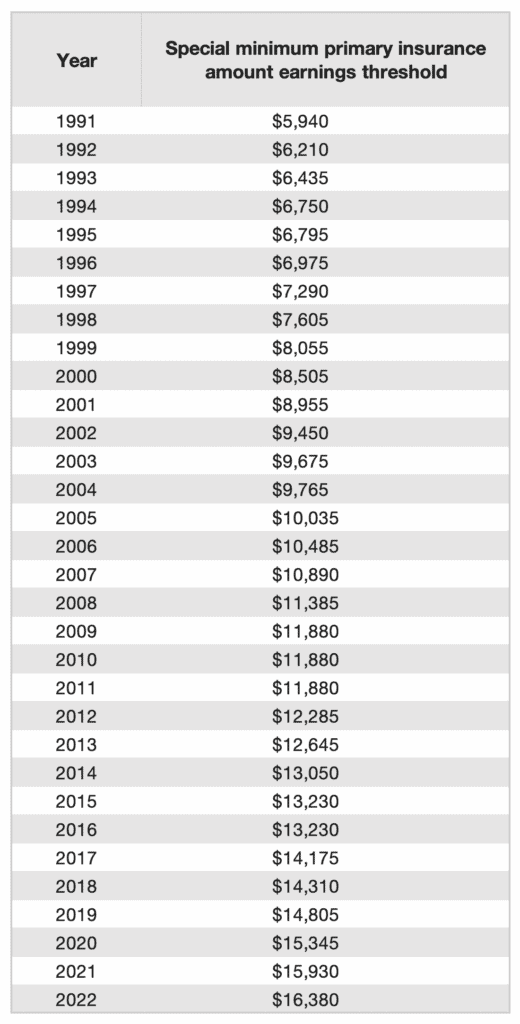
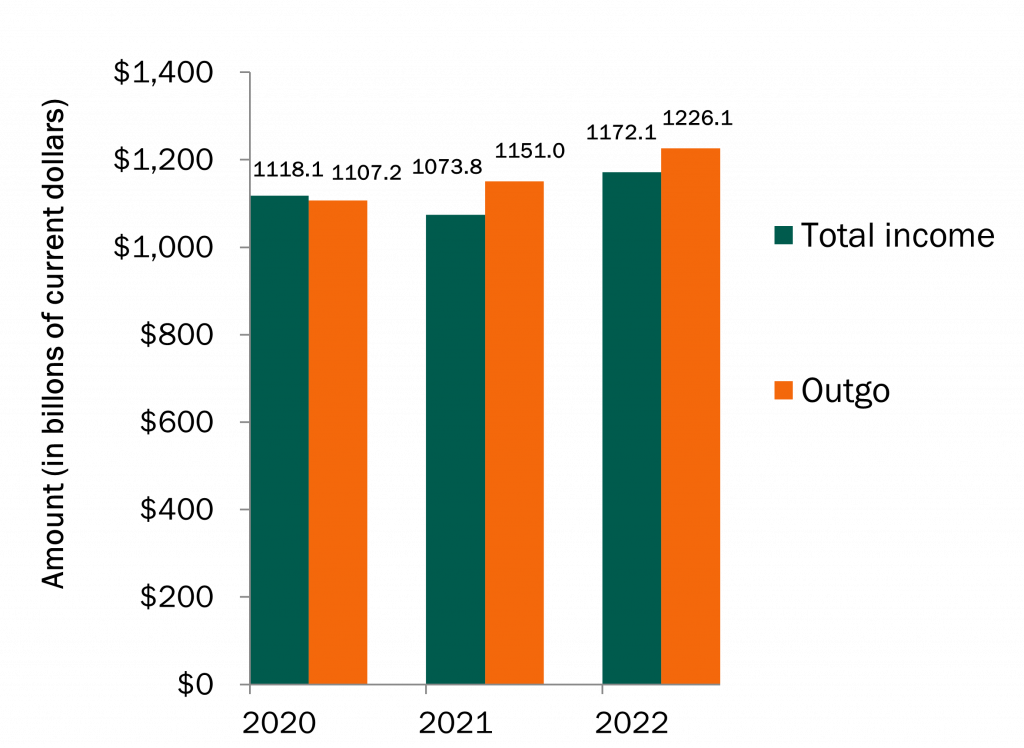

What are IRMAA Sliding Scale Tables?


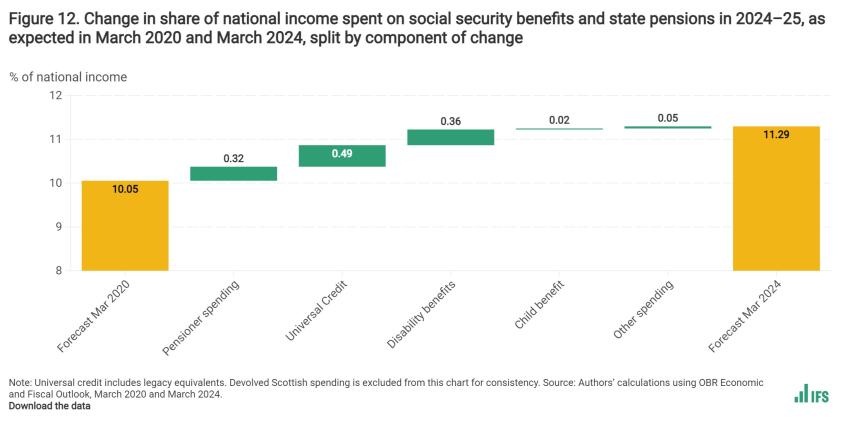
POMS HI 01101.020: An Overview

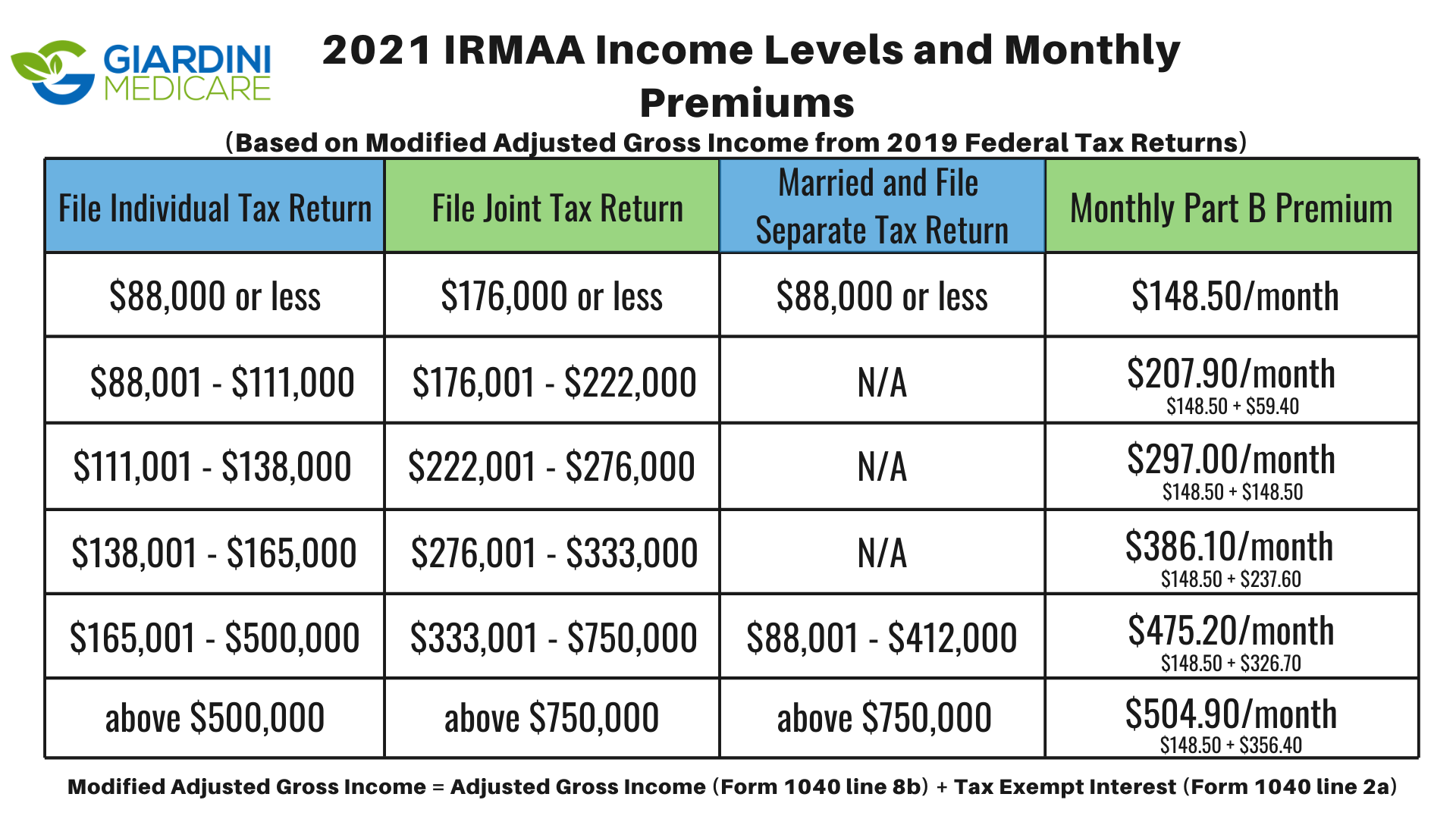

How Do IRMAA Sliding Scale Tables Work?
The IRMAA sliding scale tables work by categorizing beneficiaries into different income levels, ranging from less than $88,000 to $500,000 or more. Each income level corresponds to a specific premium amount, which is a percentage of the total Medicare Part B and Part D premium. For example, beneficiaries with incomes between $88,000 and $111,000 will pay a higher premium than those with incomes below $88,000.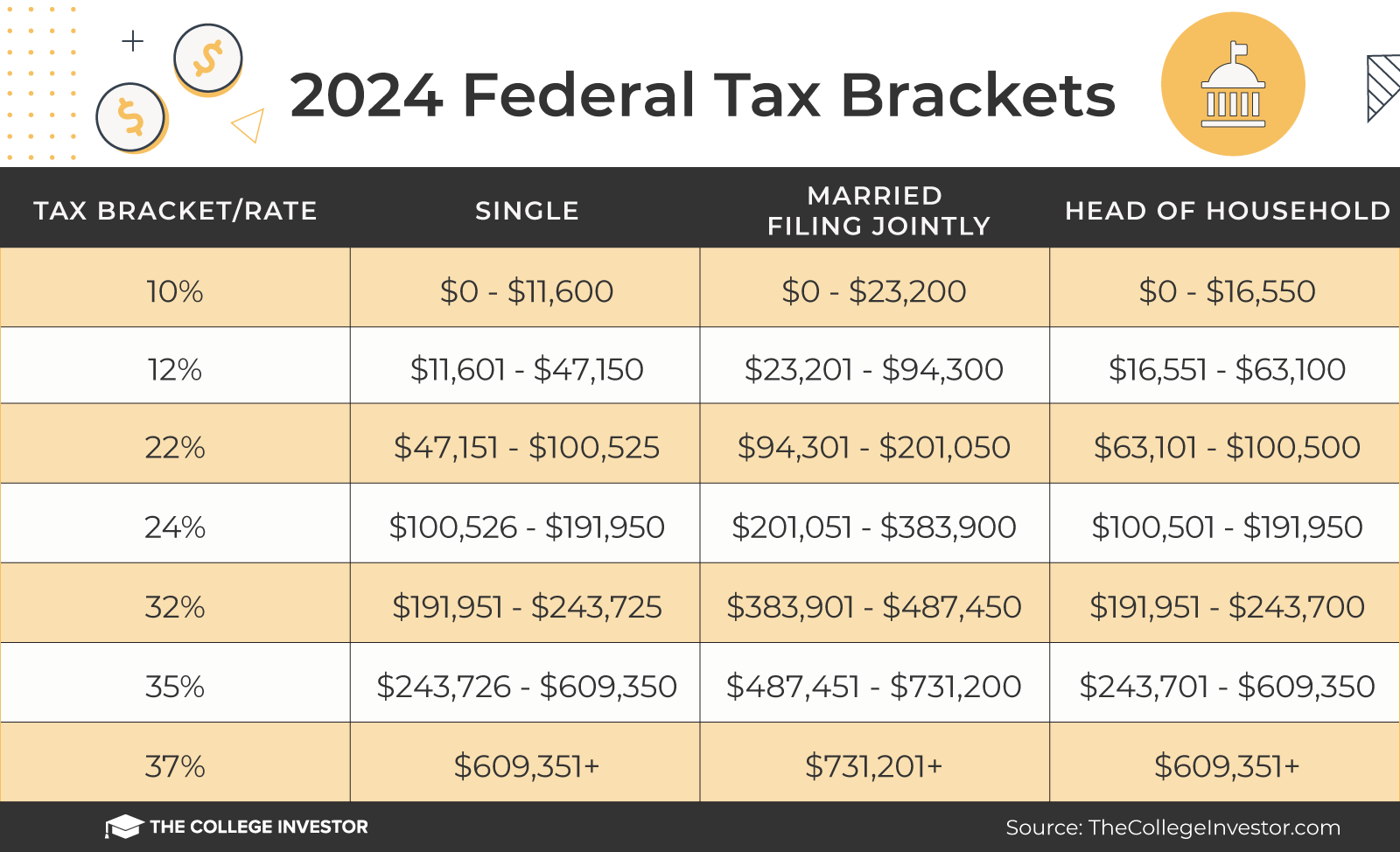
Key Points to Know
The IRMAA sliding scale tables are updated annually to reflect changes in the cost-of-living and other factors. Beneficiaries with higher incomes will pay more for their Medicare Part B and Part D premiums. The tables take into account the beneficiary's MAGI and the number of beneficiaries in the household. The SSA uses the tables to ensure that higher-income beneficiaries contribute more to their Medicare premiums. In conclusion, understanding the IRMAA sliding scale tables is crucial for beneficiaries who want to know how much they will pay for their Medicare Part B and Part D premiums. The SSA's POMS HI 01101.020 provides detailed guidance on these tables, which are updated annually to reflect changes in the cost-of-living and other factors. By familiarizing themselves with the tables and how they work, beneficiaries can better plan for their healthcare expenses and ensure that they are paying the correct premium amount. For more information, visit the Social Security Administration's website.Word Count: 500